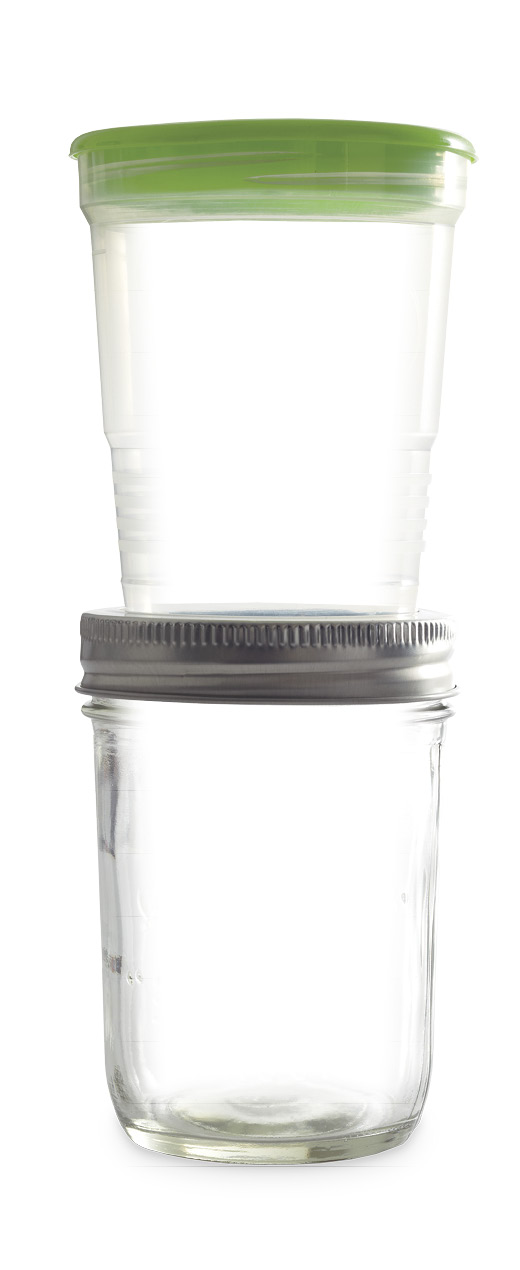For the best results when freezing food, always seek out top-quality, garden-fresh produce, and follow these guidelines.
Freezing

Equipment
Pans and Utensils: To freeze vegetables and fruits, you need a colander and a large pot or saucepan that has a wire basket. An accurate freezer thermometer will help you regulate your freezer temperature to 0°F or below.
Freezer Containers
When freezing foods, use containers and packing materials that are durable, easy to seal, resistant to cracking at low temperatures, and moisture- and vapor-resistant. Choose the right size container for your volume of food; wasted space can lead to oxidation and freezer burn. Remember that foods containing water expand when frozen, so make sure the containers are expandable or leave enough headspace to allow for expansion. The following options are suitable for frozen foods.
Rigid Containers: Use sealable, rigid glass or plastic containers designed for freezing.
Canning Jars: Select canning jars approved for freezing—this information is clearly noted on the jar packaging. Use only wide-mouth glass jars; jars with necks can crack more easily as contents expand. To allow for food expansion, do not fill jars above the 1-inch line.
Plastic Freezer Bags: Use bags designated for freezing, such as resealable bags and vacuum freezer bags. These are made of thicker material than regular plastic bags and are more resistant to moisture and oxygen. In lieu of a vacuum sealer, use a straw to suck air out of bags.
Using Frozen Foods
Vegetables are best cooked from a frozen state, without thawing them first. Thaw fruits in their containers either in the refrigerator or in a bowl of cold water. Use frozen fruits and vegetables within 8 to 10 months.
Leaving Headspace: The correct amount of headspace is as important in freezing as it is in canning. However, in freezing, the headspace allows for the expansion of the food when it freezes.